En el calor abrasador del verano, cualquier persona que pase tiempo afuera podría beneficiarse de un tejido refrigerante. Pero ahora, los investigadores han innovado con un revestimiento de microescala a base de tiza que enfría el aire debajo del tejido tratado hasta 13 grados Celsius. Presentarán sus resultados en la ACS Fall 2024.
Tag: Temperature
Chalk-based coating creates a cooling fabric
In the scorching heat of summer, anyone who spends time outside could benefit from a cooling fabric. Now, researchers have innovated a durable chalk-based microscale coating that cools the air underneath treated fabric by up to 8 degrees Fahrenheit. They will present their results at ACS Fall 2024.
Lake Erie walleye growth is driven by parents’ size, experience
Parent size and the conditions in which actively spawning adults lived are the most influential factors affecting growth of Lake Erie walleye, a new study has found.
Rising Nighttime Temperatures Disrupt Plant Metabolism: A Review Calls for Adaptive Strategies
A research team has reviewed the detrimental effects of high nighttime temperatures (HNT) on temperate plant species, highlighting disruptions in physiological and metabolic processes such as carbohydrate, amino acid, and hormone metabolism.
How do seasonal and technical factors affect generation efficiency of photovoltaic power plants?
Abstract Regions with limited space for constructing renewable power generation systems need to maximize electricity generation by optimizing the operational efficiency of existing plants and selecting an optimal location for the new construction of PV power plants with favorable weather…
UW-developed smart earrings can monitor a person’s temperature
University of Washington researchers introduced the Thermal Earring, a wireless wearable that continuously monitors a user’s earlobe temperature.
Arctic sea ice 6th lowest on record; Antarctic sees record low growth
Arctic sea ice likely reached its annual minimum extent on Sept. 19, 2023, making it the sixth-lowest year in the satellite record, according to researchers at NASA and the National Snow and Ice Data Center (NSIDC).
Previously Overlooked Algae Toxin Widespread in Southern Indian River Lagoon
Pseudo-nitzschia spp., an algae that produces the neurotoxin domoic acid, can bioaccumulate within food webs causing harm to humans and animals. A molecular study of Florida’s Indian River Lagoon shows this algae was present in 87 percent of the water samples collected. All isolates showed toxicity, and domoic acid was found in 47 percent of surface water samples. As a nursery for many organisms that supports a high amount of biodiversity, the presence of domoic acid could negatively impact the lagoon system.
Expert available to discuss new report that puts globe on course for breaching benchmark high temperature
A new report from the World Meteorological Organization (WMO) shows that the world’s average temperature could breach a record 1.5 Celsius of warming compared to pre-Industrial Revolution levels. News reports call the WMO announcement a critical warning of an average world temperature limit in the face of climate. Researchers indicate the threshold could be broken as early as 2027.
Colorful films could help buildings, cars keep their cool
Air conditioners require a lot of energy and can leak greenhouse gases. Today, scientists report an eco-friendly alternative — a plant-based cooling film with many textures and iridescent colors that could someday keep buildings and cars cool. They will present their results at ACS Spring 2023.
Forest growing season in eastern U.S. has increased by a month
The growing period of hardwood forests in eastern North America has increased by an average of one month over the past century as temperatures have steadily risen, a new study has found.
Horticulture expert addresses plant resiliency as seasons change
A West Virginia University expert is offering insights on the effects lingering winter weather and fluctuating temperatures could have on trees, shrubs and flowers heading into the official start of spring on Monday, March 20. Mira Danilovich, associate professor with…
Hummingbirds use torpor in varying ways to survive cold temps
Hummingbirds have the fastest metabolism of any animal. The tropical hummingbirds that live in the Andes Mountains in South America must expend considerable energy to maintain their high body temperatures in cold environments. One tool that they use to survive cold nights is called torpor, a hibernation-like state that allows them to ramp down energy consumption to well below what they normally use during the day.
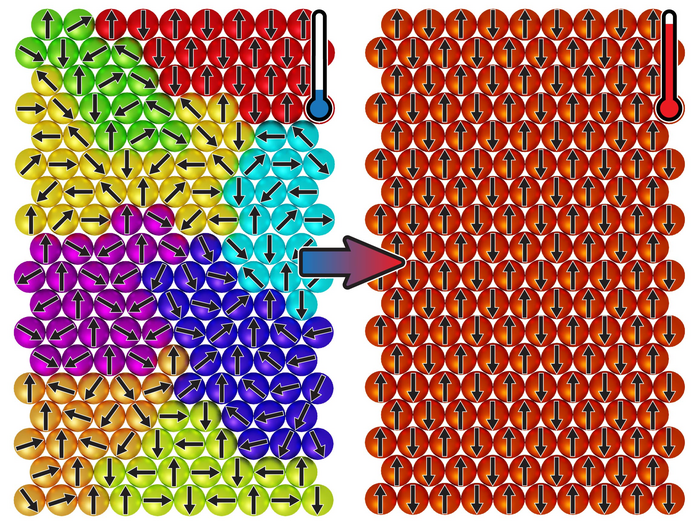
Magnetic spins that ‘freeze’ when heated: Nature in the wrong direction
Physicists observed a strange new type of behaviour in a magnetic material when it’s heated up. The magnetic spins ‘freeze’ into a static pattern when the temperature rises, a phenomenon that normally occurs when the temperature decreases. They publish their findings in Nature Physics on July 4th.
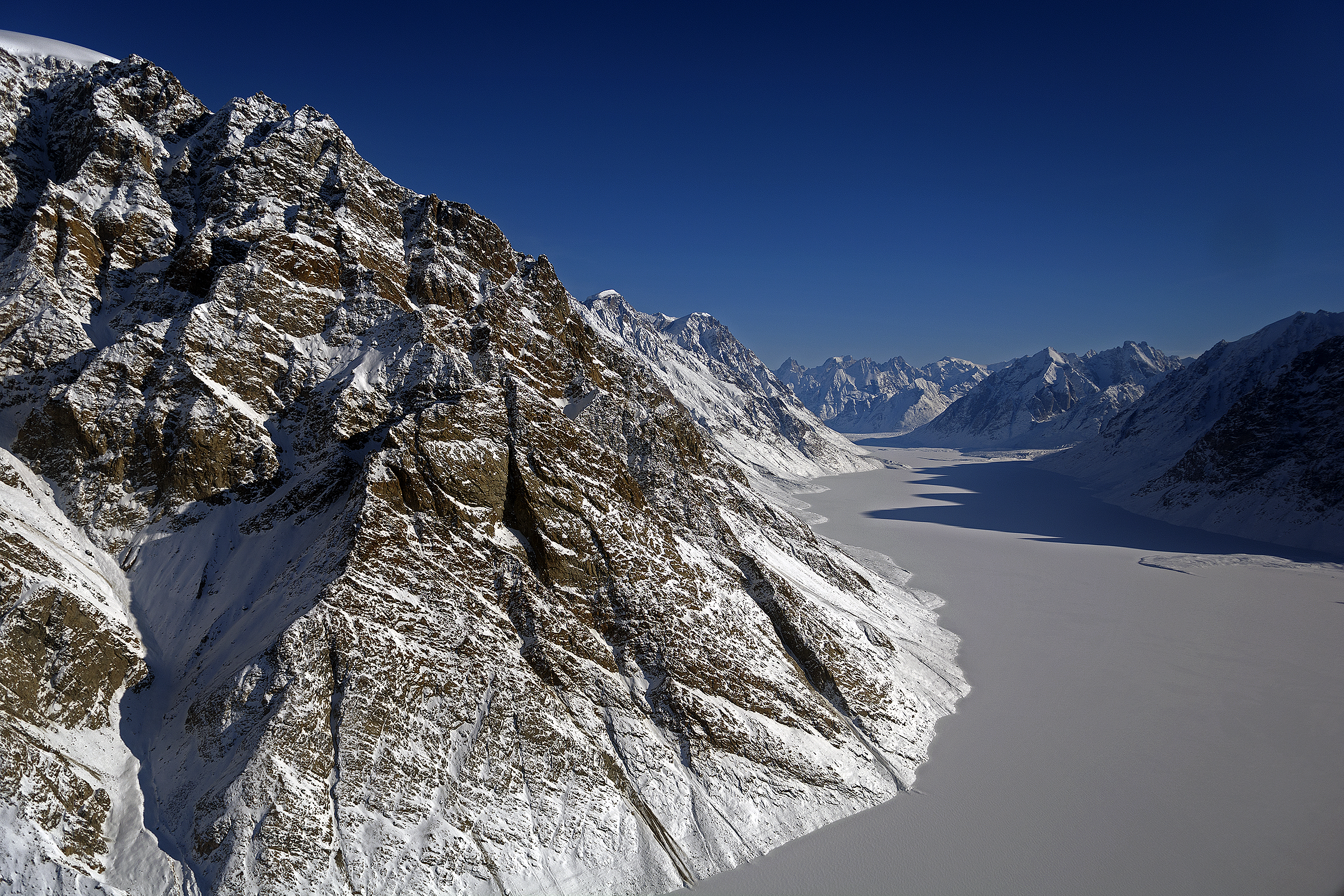
Coldest Northern Hemisphere temperature, first recorded by UW–Madison, officially confirmed
Nearly 30 years after recording a temperature of minus 93.2 degrees Fahrenheit (minus 69.6 Celsius) in Greenland, the measurement has been verified by the World Meteorological Organization as the coldest recorded temperature in the Northern Hemisphere. The measurement was first recorded by a University of Wisconsin–Madison Antarctic Meteorological Research Center Automatic Weather Station in December 1991.
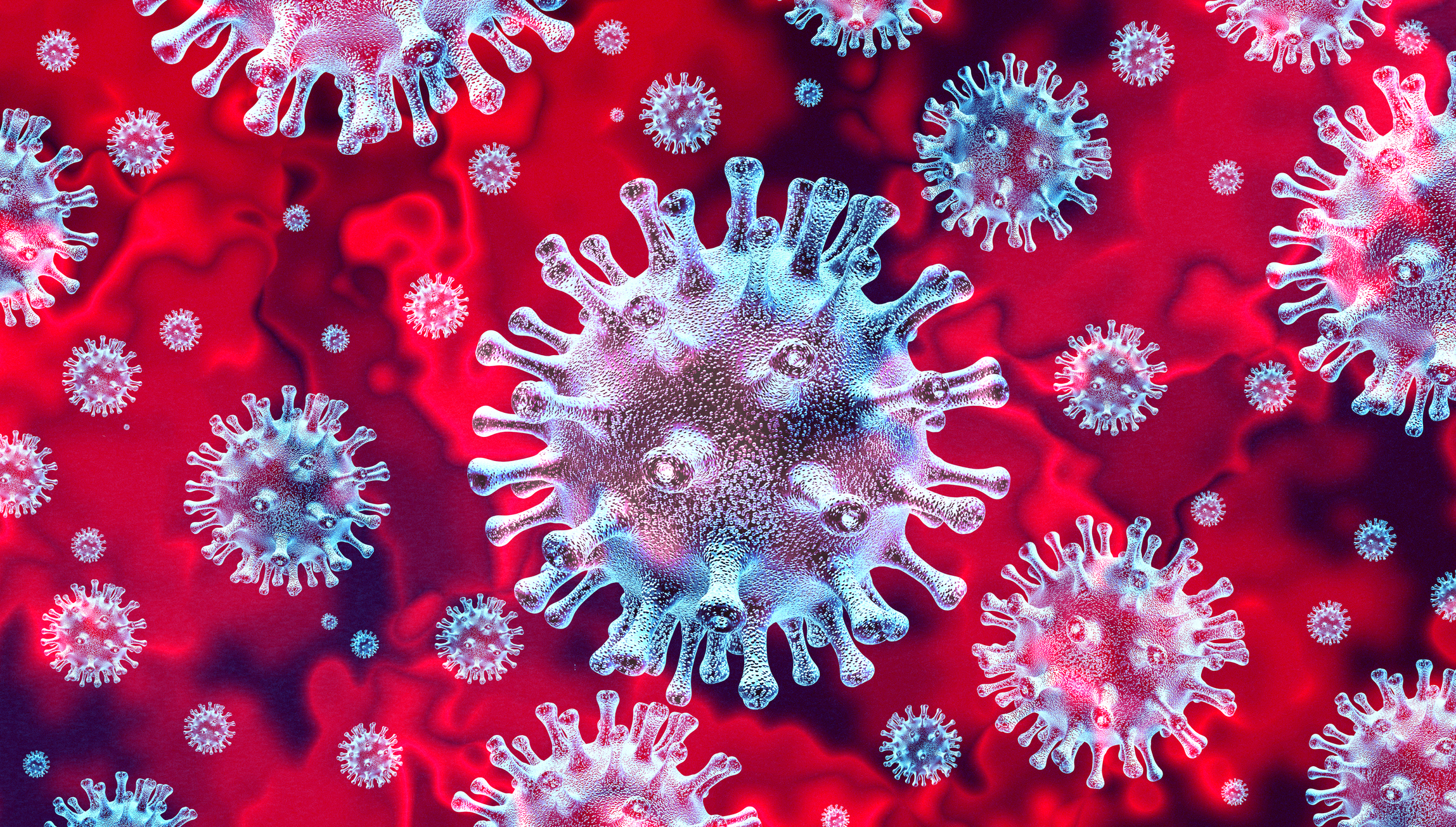
Story Tips from Johns Hopkins Experts on COVID-19
Front-line Worker Story: Ebony Hunter — Teamwork Will Get Us Through
It seems there will never be enough “thank-you’s” for the incredible doctors, nurses, technicians and support staff members who are working around the clock to help patients who have COVID-19, the dangerous coronavirus disease. Their dedication, determination and spirit enable Johns Hopkins to deliver the promise of medicine.
Rutgers Expert Can Discuss Dry, Warm June in N.J., Potential Drought
New Brunswick, N.J. (July 8, 2020) – Rutgers University–New Brunswick climatologist David A. Robinson is available for interviews on the dry, unusually warm June in New Jersey, the dry and very warm first six months of 2020 and the potential for drought…
Rutgers Climatologist Can Discuss Role of Snow in Climate System
New Brunswick, N.J. (June 15, 2020) – Rutgers University–New Brunswick Professor David A. Robinson is available for interviews on the role of snow in the climate system, snow variability and the extent of snow cover during the satellite era. “The extent of snow on…
Rutgers Expert Can Discuss Cool, Dry May With Snow and ‘Endless Spring’
New Brunswick, N.J. (June 10, 2020) – Rutgers University–New Brunswick climatologist David A. Robinson is available for interviews on the unusually cool May in New Jersey, including the first measurable May snow in the Garden State since 1977. While many people remark…
Rutgers Expert Can Discuss Family’s 43-Year Backyard Bird Citizen Science Project
New Brunswick, N.J. (June 8, 2020) – Rutgers University–New Brunswick Professor Kimberly Russell is available for interviews on an upstate New York family’s 43-year family tradition – a competition to predict the arrival of American robins in their backyard every spring…
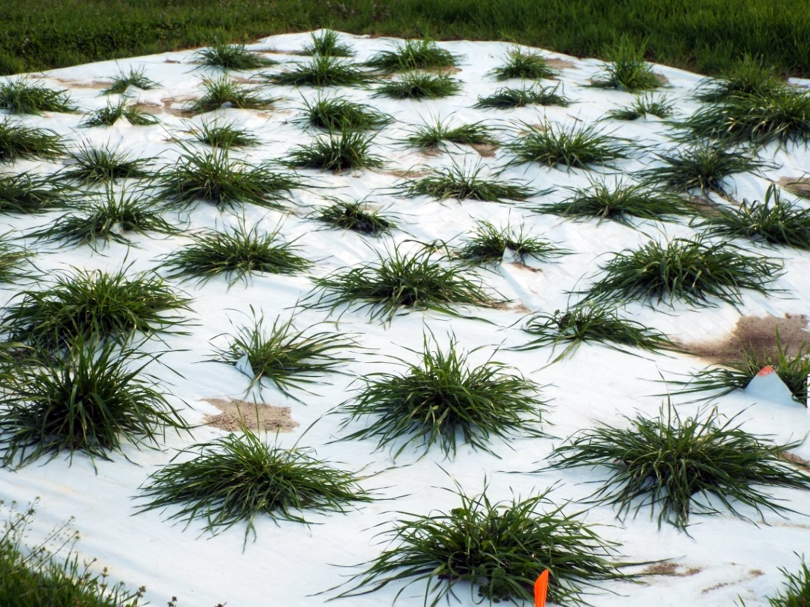
Development of heat-tolerant annual ryegrass germplasm
Researchers develop new annual ryegrass for earlier fall planting in the southeastern U.S.

Toward a low-cost, low-power wearable sensor for temperature and respiration
Engineers at the University of California San Diego are developing low-cost, low-power wearable sensors that can measure temperature and respiration–key vital signs used to monitor COVID-19. The devices would transmit data wirelessly to a smartphone, and could be used to monitor patients for viral infections that affect temperature and respiration in real time. The research team plans to develop a device and a manufacturing process in just 12 months.
Physicists test coronavirus particles against temperature, humidity
One of the biggest unknowns about coronavirus is how changing seasons will affect its spread. Physicists from the University of Utah have received a NSF grant to create individual coronavirus particles without a genome. They’ll test how the structure of the coronavirus withstands changes in humidity and temperature.

Preparing Plants for our Future Climate
Study investigates plant behavior when exposed to higher carbon dioxide levels.
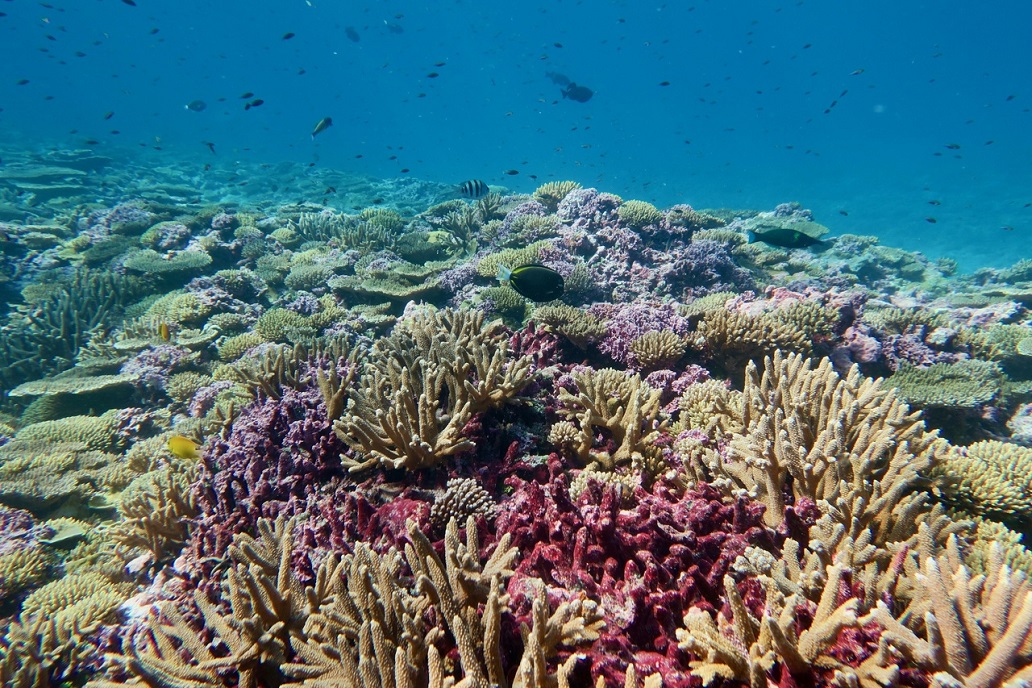
Global Cooling After Nuclear War Would Harm Ocean Life
A nuclear war that cooled Earth could worsen the impact of ocean acidification on corals, clams, oysters and other marine life with shells or skeletons, according to the first study of its kind.
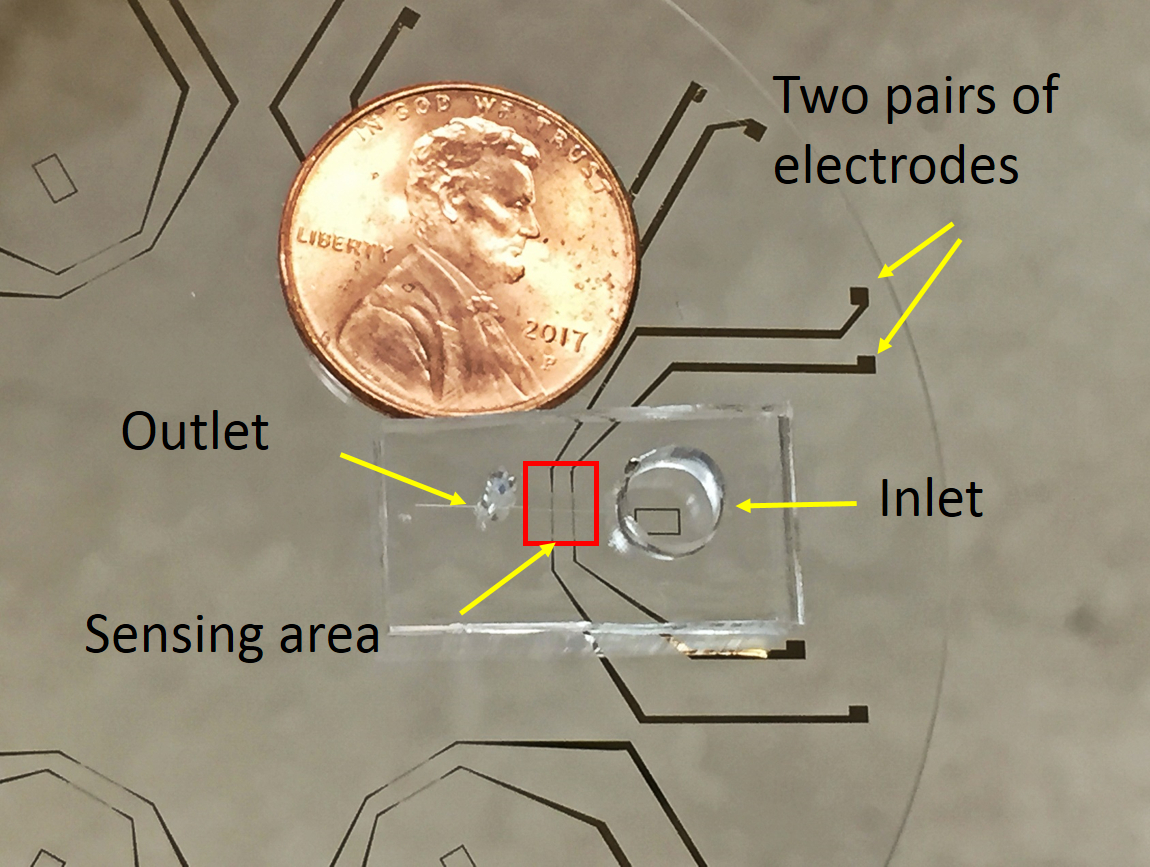
New Portable Tool Analyzes Microbes in the Environment
Imagine a device that could swiftly analyze microbes in oceans and other aquatic environments, revealing the health of these organisms – too tiny to be seen by the naked eye – and their response to threats to their ecosystems. Rutgers researchers have created just such a tool, a portable device that could be used to assess microbes, screen for antibiotic-resistant bacteria and analyze algae that live in coral reefs. Their work is published in the journal Scientific Reports.
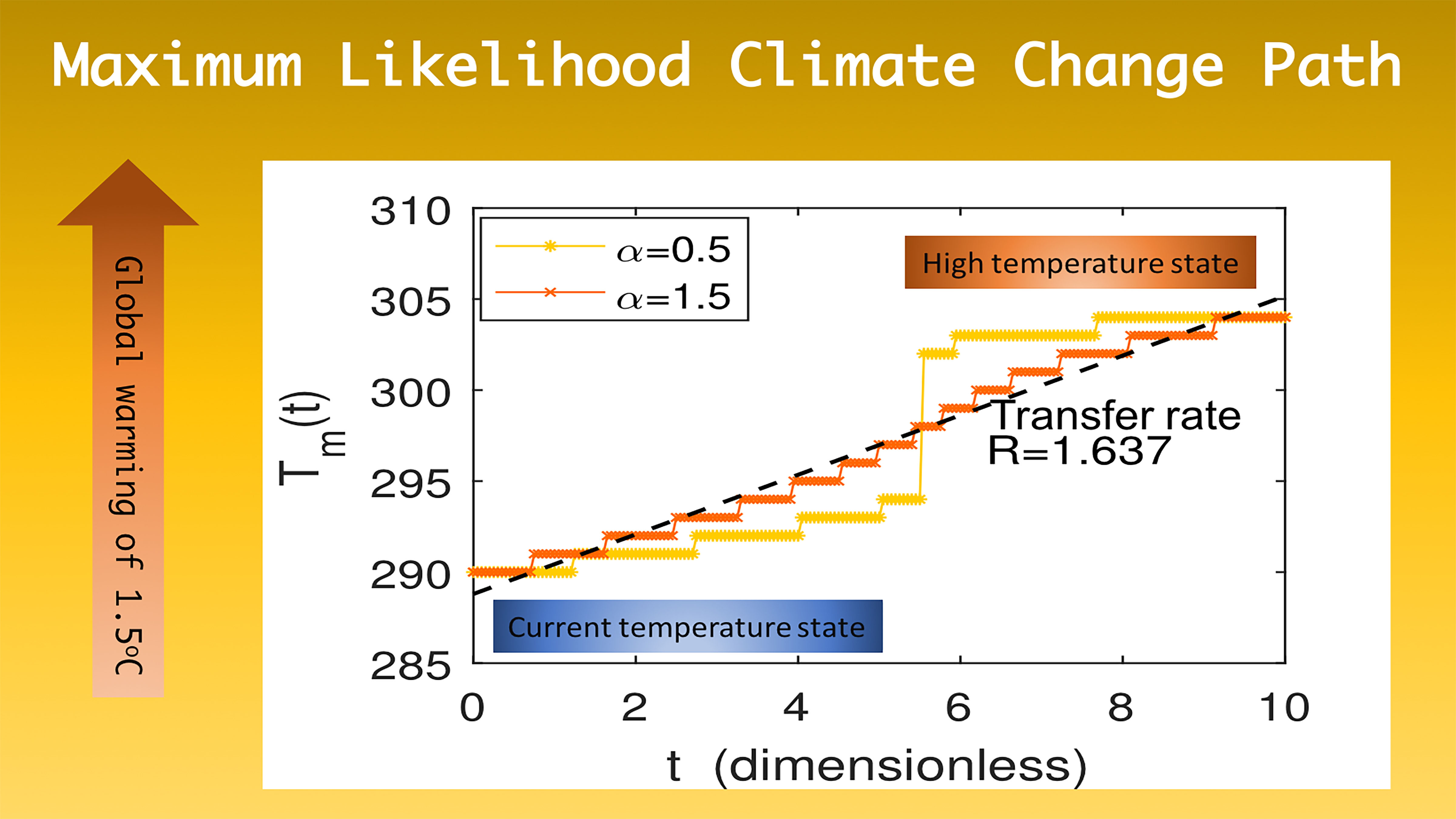
Mapping the Path of Climate Change
Predicting a major transition, such as climate change, is extremely difficult, but the probabilistic framework developed by the authors is the first step in identifying the path between a shift in two environmental states.
Climate change and the threat to global breadbaskets
Extreme climatic conditions could lead to an increased risk of unusually low agricultural harvests if more than one global breadbasket is affected by adverse climate conditions at the same time.